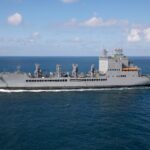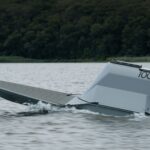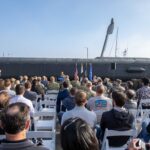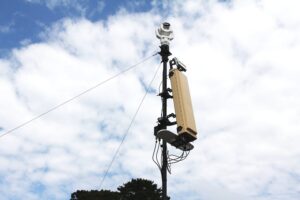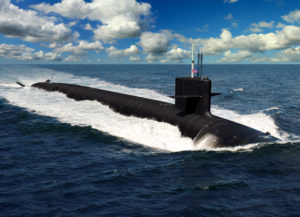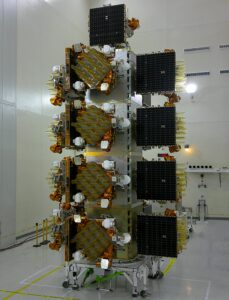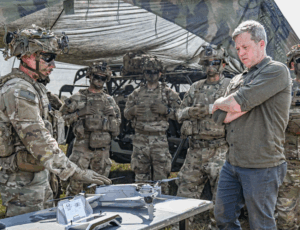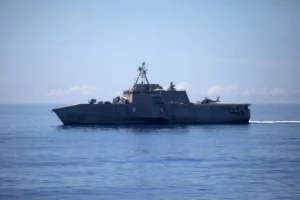
The Navy may potentially send Independence-class Littoral Combat Ships to the Middle East for mine countermeasures (MCM) missions, officials said last week. The service aims to send up to two Independence-class ships to Bahrain with a version of the LCS MCM mission package by 2025, Marine Brig. Gen. Marcus Annibale, director of expeditionary warfare at the Chief of Naval Operations’ staff (OPNAV N95), confirmed during a panel at the Surface Navy Association’s annual symposium on Jan. 11. “So the plan…

 By
By 